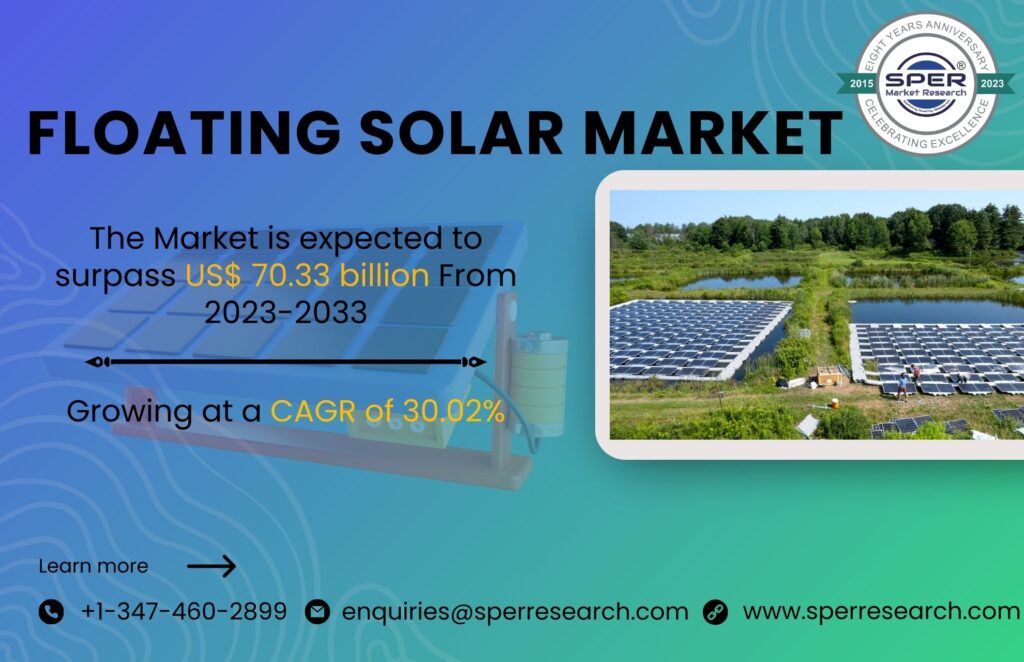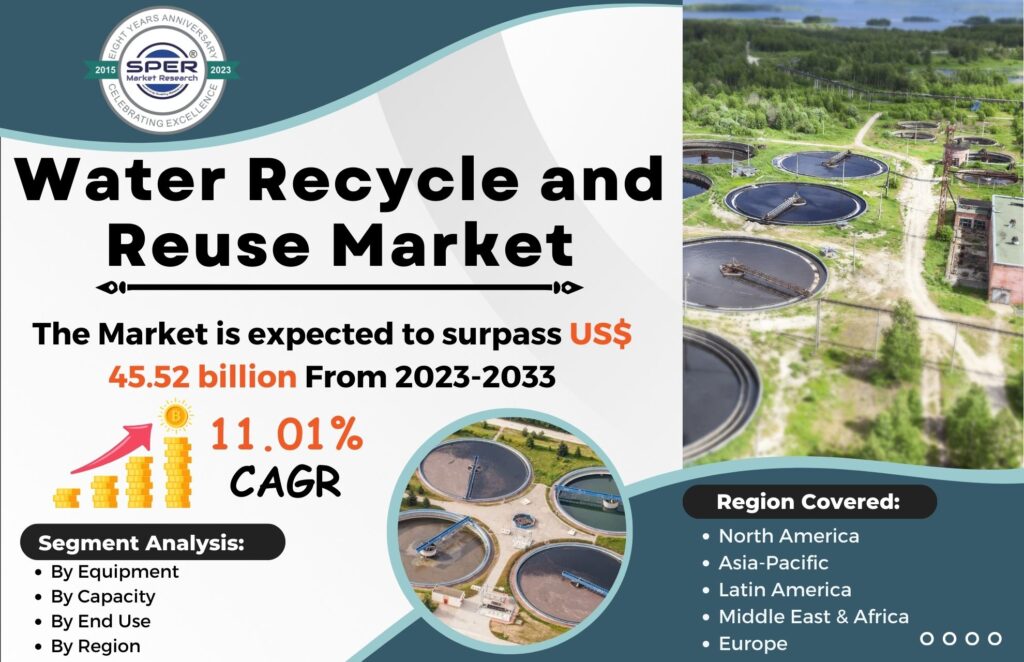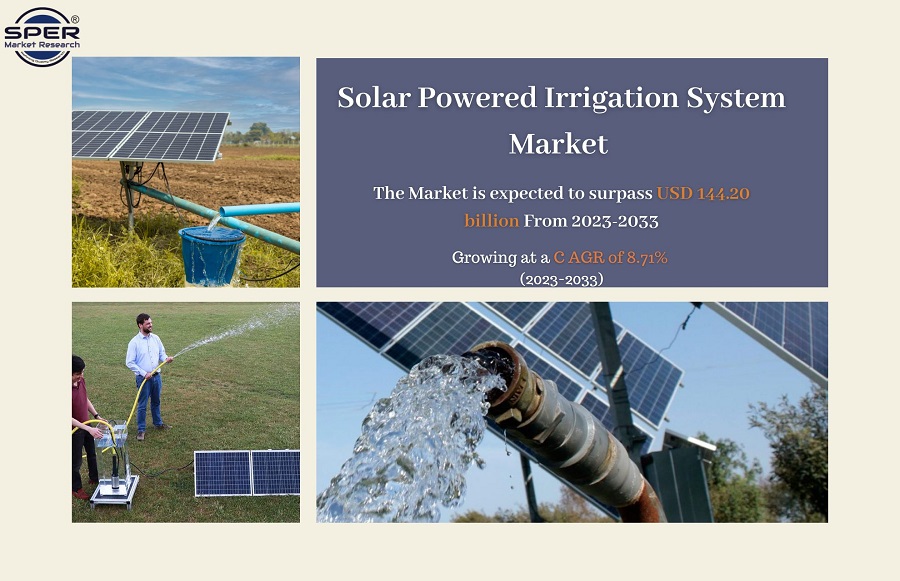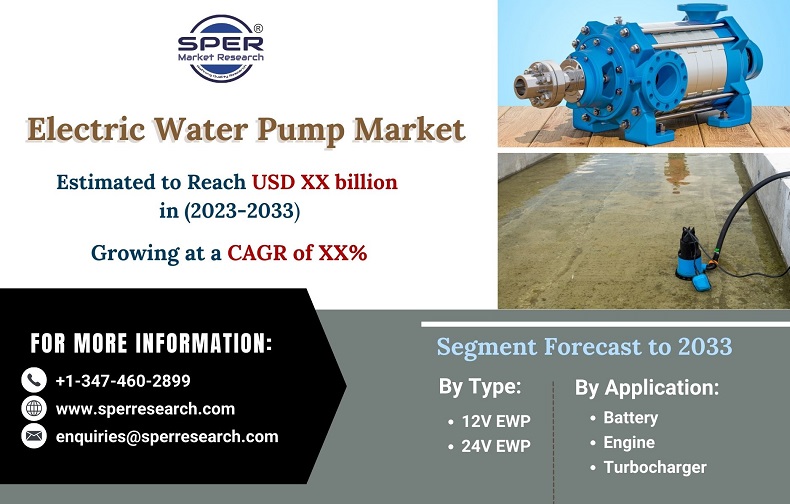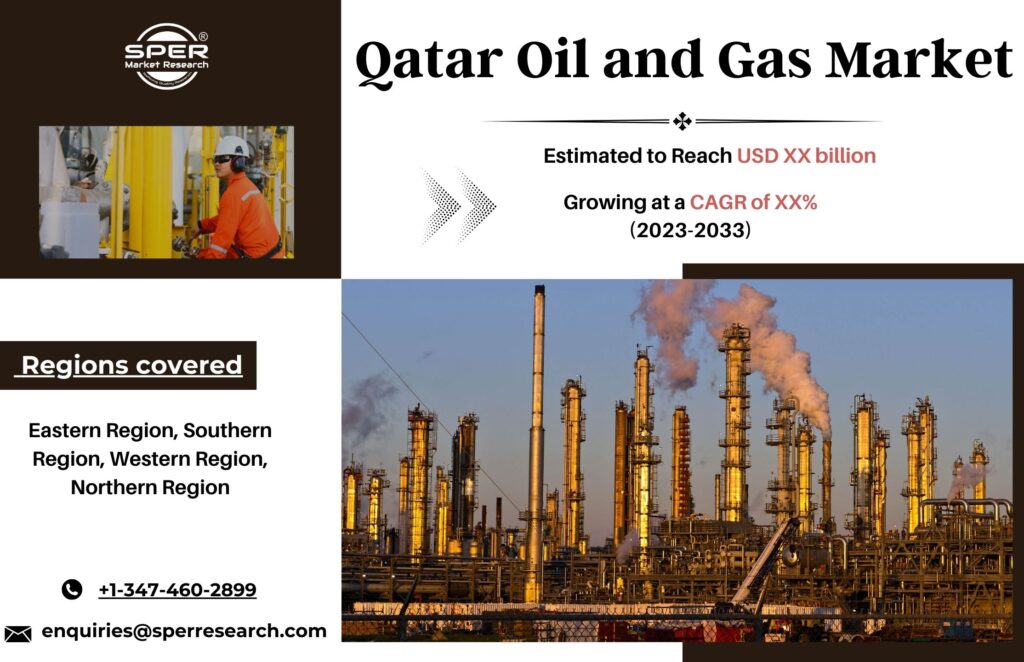Wave energy from the ocean’s surface is harnessed to generate power, desalinate water, and pump water into reservoirs. Since wave and tidal energies generate the most concentrated kind of renewable energy, they are seen to be the most promising green technologies. An endless supply of renewable energy can be found in the waters. Therefore, harnessing wave and tidal energy from the ocean’s surface is anticipated to produce the most sustainable energy source. These are the methods of producing power from ocean energy that are less harmful to the environment. Because they offer a consistent and reliable supply of clean energy, these renewable energy sources are widely used by countries all over the world.
According to SPER market research, ‘Wave and Tidal Energy Market Size- By Type, By Technology, By Application – Regional Outlook, Competitive Strategies and Segment Forecast to 2033’ state that the Global Wave and Tidal Energy Market is predicted to reach USD 1.71 billion by 2033 with a CAGR of 9.62%.
The fast growth in the world’s electricity consumption has increased the capacity of power plants to meet demand. Renewable energy sources (RES) are the ideal substitute because of their abundance and environmental friendliness. Ocean wave energy conversion is one of the leading RESs and can provide around 1,000–10,000 GW of electricity, which is expected to fulfill growing electricity demand and increase the likelihood of using wave power to produce electricity.
In addition, the worldwide energy shift is pushing the renewable sector forward with advancements in technology, development objectives, and other areas because of the growing depletion of fossil fuels and growing environmental concerns. With the required infrastructure, the government looks for low-cost, scalable solutions that go beyond the provision of energy.
Request For Free Sample Report @ https://www.sperresearch.com/report-store/wave-and-tidal-energy-market.aspx?sample=1
Environmental concerns and a lack of technological advancements will hinder market growth.
Using wave and tidal devices, the inherent power of the water is harnessed and transformed into energy. The phenomenon of extracting power from waves and tides is not new; since the 1970s, researchers have been looking at different theories or approaches. The current state of this technology is such that demonstration wave projects are being built. The complexity of the industry has increased as a result of the research, but the technology and design science have not yet converged.
Impact of COVID-19 on Global Wave and Tidal Energy Market
Globally, including most of the places where wave and tidal energy devices are mass-produced, the COVID-19 pandemic has stopped the flow of people, goods, and technologies. Many local, state, and federal governments have imposed various travel and business restrictions, including orders to stay at home and quarantines, in an effort to stop the spread of COVID-19. This has led to a significant number of business shutdowns and slowdowns.
Wave and Tidal Energy Market Key Players:
Furthermore, North America dominated the worldwide wave and tidal energy market in 2020, and it is expected to remain the fastest-growing sector during the forecast period. This is due to increased urbanization, which has resulted in an increase in wastewater management operations, which is likely to raise demand for wave and tidal energy systems and may function as the primary driving force for the market. Additionally, some of the market key players are Carnegie Wave Energy Ltd., SIMEC Atlantis Energy, Eco Wave Power, Ocean Power Technologies, Inc, Ocean Renewable Power Company, Corpower Ocean AB.
Global Wave and Tidal Energy Market Segmentation:
By Type: Based on the Type, Global Wave and Tidal Energy Market is segmented as; Organic, Inorganic.
By Technology: Based on the Technology, Global Wave and Tidal Energy Market is segmented as; Tidal Stream Generator, Oscillating Water Columns, Tidal turbines, Tidal barrages, Tidal fences.
By Application: Based on the Application, Global Wave and Tidal Energy Market is segmented as; Power Generation, Desalination.
By Region: This report also provides the data for key regional segments of North America, Asia-Pacific, Latin America, Middle East & Africa and Europe.
This study also encompasses various drivers and restraining factors of this market for the forecast period. Various growth opportunities are also discussed in the report.
For More Information, refer to below link:-
Wave and Tidal Energy Market Future Outlook
Related Reports:
Follow Us –
LinkedIn | Instagram | Facebook | Twitter
Contact Us:
Sara Lopes, Business Consultant – U.S.A.
SPER Market Research
+1-347-460-2899

